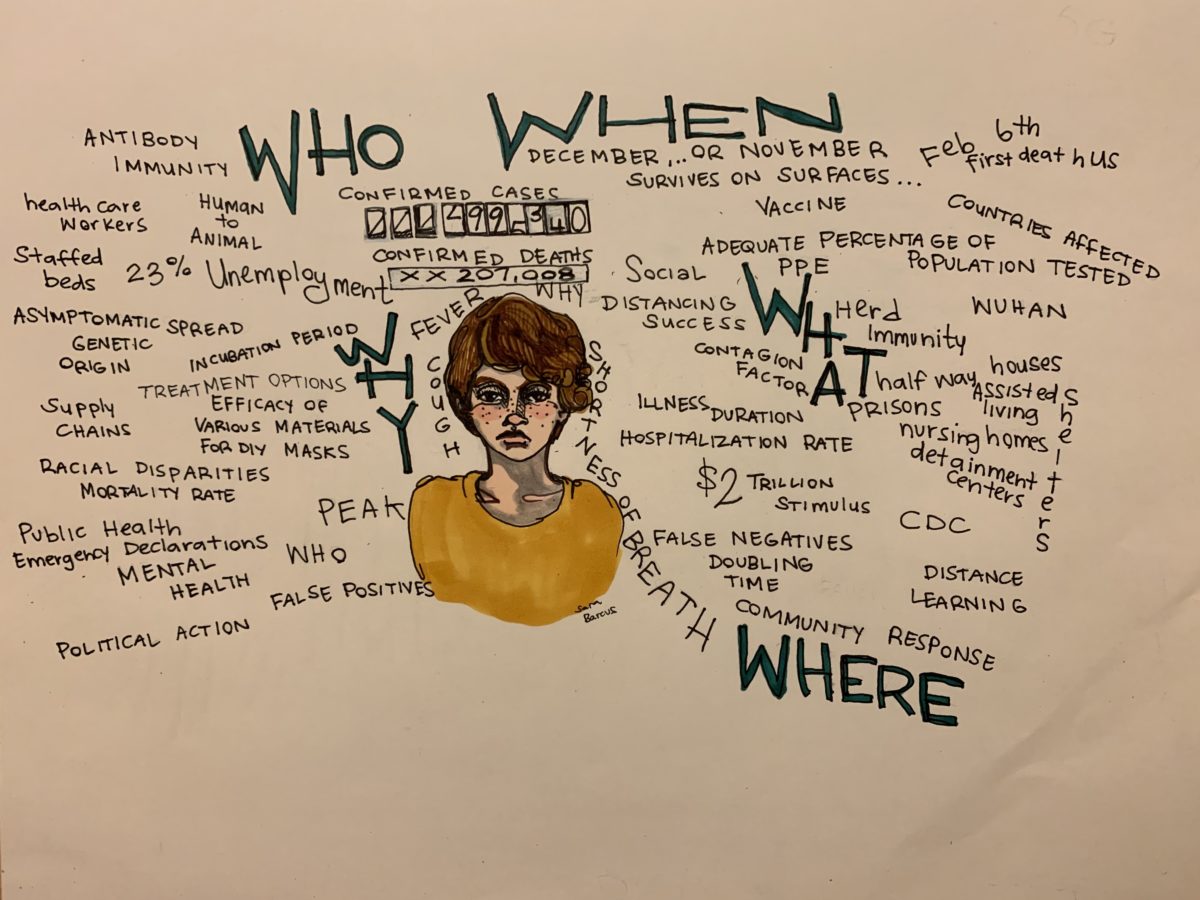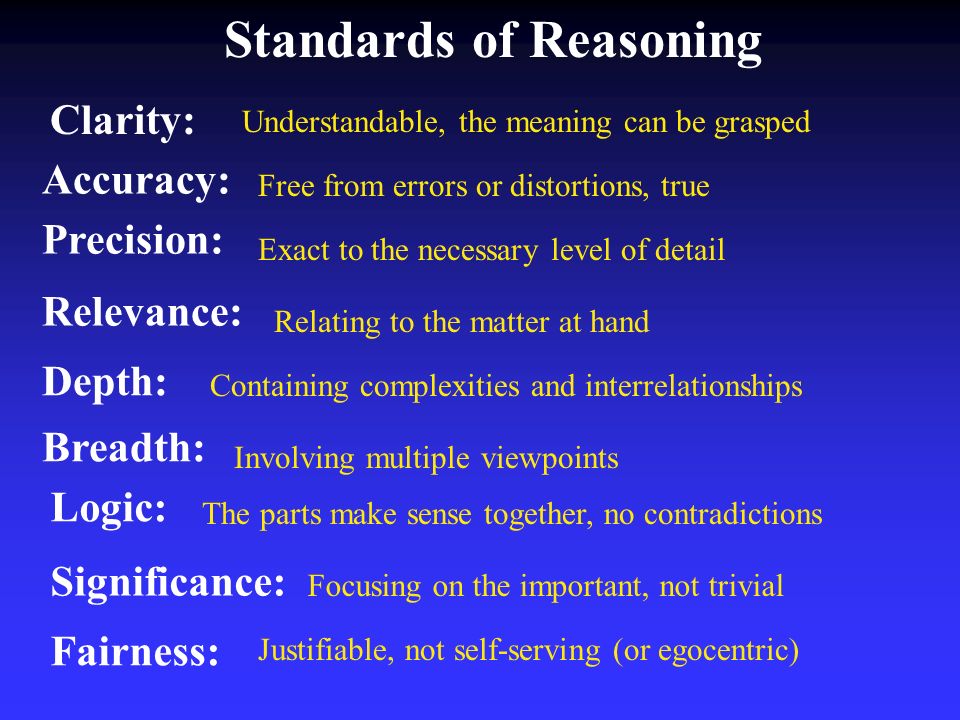Facts Over Fear

“If there is vicarious pain in knowing, there is actual peril in not knowing.” Phillip K Dick
In these times, where it seems so much more comfortable to not look at the bigness and uncertainty of what is happening all around us, it is absolutely vital that we do look. Not only look, we need to examine and understand. We need to have an accurate view of our situation in order to make informed decisions; decisions that are based on more than the emotions and fear that we acknowledge or don’t acknowledge.
This “chapter” provides information and coping strategies related to discerning good information, filtering through the mishegaas to focus on what is relevant and actionable, and coping with the things we can’t know (yet).
A Quick Note on Medical Information and the Fear of Getting Sick:
I am intentionally not providing medical information about coronavirus/covid-19. It is important to know the symptoms and when to seek medical care. Please keep up to date with information from your public health officials and doctors.
Regarding the fear surrounding getting sick or loved ones getting sick:
All we can do is follow recommendations and take the steps we can to minimize our risk of contracting and/or spreading the virus. The thought can be terrifying. But we should try to remember that if we do get sick or a loved one gets sick, we are going to deal with that the best we are able to at that time. Our energy right now shouldn’t be spent worrying about it ahead of time. We find the strength. In situations we could have never imagined it possible to walk through, we find the strength when we get there. The best we can do right now, is to take care of ourselves and make the best decisions we can.
Google search engine is increasing the access and visibility of accurate and credible information about coronavirus/Covid-19. Information includes:
medical: symptoms, general information about the virus, credible data tracking and projection models, and information on testing and how to get proper medical attention.
News: essential news updates (global, national, and local*)
Local: if the search engine can access your location data or you provide location information, you will also have a section devoted to your local data tracking and public health information
Other media outlets are truly showing their colors (in the form of varying degrees of adherence to standards of journalistic integrity); many well-respected publications are offering concise, accurate, and relevant information in the form of rolling updates.
Many Institutions are providing direct public access to the data as this evolves, in ways we have never seen before. This gesture, alone, highlights the importance of that data and the ability to understand what those numbers actually mean in the real world and to our decisions and informed actions.

Determining Good Information:
Process:
Remember…CRAAP
Currency (how recent is the information/data). Having recent data is especially important right now, as things can change in 24 hours that will have a big impact on the data (and reality).
Relevance (how applicable is the information)
Authority (who is presenting this information/what is the source/qualifications?)
Accuracy (Is this verifiable?)
Purpose (what are the reasons (other than just truth) that a person/group (especially this person or group) would want to present this information?)
Checking for Bias:
When reporting facts, gold standard is to use neutral language. If a headline fills us with strong emotions or an article uses emotionally charged or aggressive words, the information deserves a critical look. A simple way to check is often to just scan the information again, only focusing on the actual facts given. Many misleading articles and opinion pieces will have very few actual facts and will focus more on creating an emotional response.
“Just the Facts” kind of articles and presentations won’t veer too far off topic. If it seems like a lot of things are being brought up that don’t seem to be relevant to the stated intention, the author is likely trying to color the reader’s view of the situation.
Scope: Is the information presented in a way that is bigger than what the actual data says? Or does it seem like there isn’t enough information being given for a larger issue? Both of these are flags to look a little closer at the context to ensure we are getting the full picture.
Use Multiple Sources
Remember that the most popular article circulating may not be the most reliable.
Check out Fact Check sites
Defining Terms and Context:
Peak: The definition of the peak can change depending on the context of the information. Most places will be using the definition of “maximum number of new cases in a 24 hour period under current (or specified) conditions.
Confidency/Stability: High stability/high confidency is determined by little to no change as more data accumulates. Meaning: changes to individual factors over time don’t drastically change the projected course or our understanding of the information.
Specificity: How certain the data/measurement is.
Key Indicators: In San Antonio, our local data reports include a section on “key indicators”. These are things like EMS calls to nursing homes and for covid-19 pattern symptoms, hospital resource tracking, testing capacity, online screening tool use.
Context: “under current conditions” If what you’re reading doesn’t make clear what the context is for the information (what circumstances was information collected, what was factored in, what wasn’t factored in), seek that information out. A good source will provide their sources and context.
Why the Data is Changing:
It isn’t often that we have access to raw data as it is collected. We are watching the patterns emerge when we are typically presented with solidly repetitive patterns after they have been studied over time. If we read an article a week ago, then follow up today; it may seem as if the last article was wrong or even like they were trying to misrepresent the situation. In actuality, it is more likely that the data has changed that much. This virus moves quickly, and the entire world is attempting to communicate changes in real-time. New developments have the potential to drastically alter patterns we have been following or even point out a faulty assumption on our part (from lack of data). We need to understand that the data will change. It will keep changing, but the changes should get smaller and smaller until we have sufficient information to have the full picture.
The Can’t (Yet) Knows:
True Numbers: Flawed testing system
Asymptomatic spread: Won’t know with any certainty until reliable antibody tests are created and sufficient subsection of the population is tested.
Mortality Rate: Won’t know with any certainty until situation is more resolved in more areas and all potential cases examined.
R0 (R-naught): R0 is how many people will be infected from one active case. This figure will change naturally as immunity develops (either acquired or through the development of a vaccine) and depends largely on environmental conditions/density of exposure population.
Acquired immunity: Won’t know until antibody tests and passage of time. Preliminary data is confirming antibody immunity, but can’t make any assumptions on duration of protection.
Antibody tests*: There are only a handful of antibody tests that are returning results of any confidence and we are definitely waiting for more universal access to accurate antibody testing
Treatments/Vaccine*: There are several treatments which are now approved for experimental use/compassionate use against Covid-19. None of these should be viewed how we view effective treatments for other conditions. Some show promise, none is a good treatment. Several vaccines are currently in various stages of development. Again, we have hope in these areas, but nothing solid. And certainly nothing to be pursued in the absence of doctor recommendation.
Origins: Studying where this virus originated/crossed to our species is important, and interesting, and will continue. Knowing the origin, however, provides no actionable information.
Economic fallout: It is difficult to judge the state of the economy when so much of the country (and the world) is on hold from work. All “Jobs lost” are not jobs lost necessarily. This isn’t to say that there is nothing to worry about or that many jobs won’t be lost, businesses closed, and families struggling. Just that we can only do our best and address rebuilding the economy, jobs, businesses, and family strength one at a time as we can.
Source for 2 above images:
https://lib.calpoly.edu/wp-content/uploads/2016/08/Evaluating-Credibility-Fall-2017.pdf
The following two links contain more in-depth information on learning how to judge articles, information, and other sources for credibility and relevance. It is good to have sources we have found to be reliable and to embrace independent writers and science in popular culture. It is imperative, though, to learn for ourselves how to find, understand, and discriminate between different sources; especially considering the ease with which information spreads in a digital world.
Online Course: Identifying red flags for misinformation
Page contains lots of good information and links to related topics regardless of course enrollment.
https://canvas.uw.edu/courses/1013901/pages/red-flags-spotting-unreliable-info
Smithsonian: How to Spot and Avoid Misinformation
Article is Covid-19 specific. Skills are applicable to other topics as well.
https://www.smithsonianmag.com/science-nature/how-avoid-misinformation-about-covid-19-180974615/

